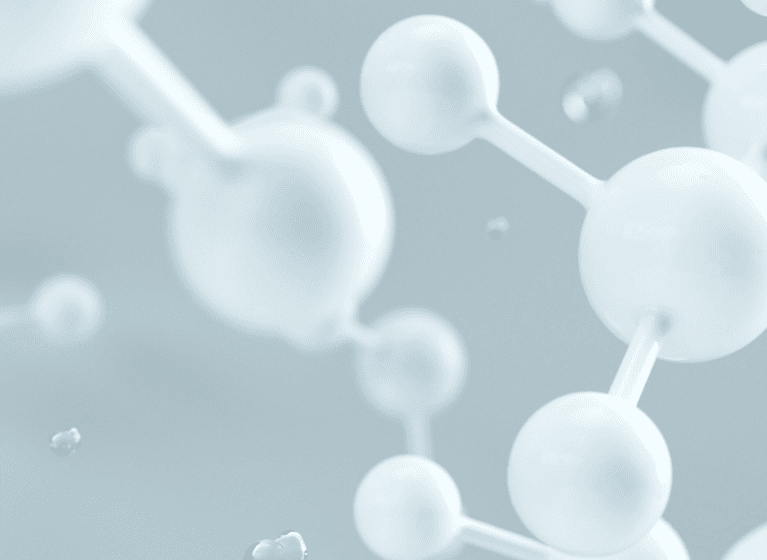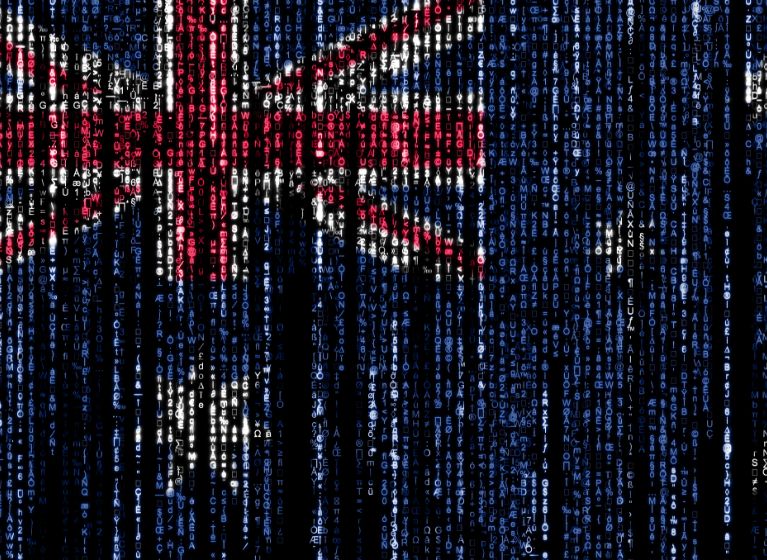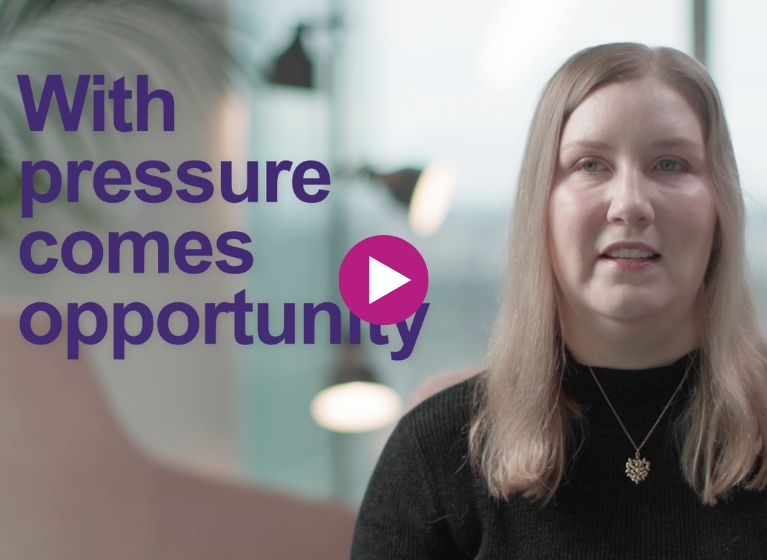In part 3 of our series on patenting AI-designed drugs we discuss some of the potential pitfalls and legal grey areas that may arise from use of AI tools in the drug discovery pipeline. As discussed in parts 1 and 2 of this article series, the rapid development of AI tools provides a promising outlook for drug design/discovery processes and ultimately for streamlining the discovery of new therapeutics. However, care should be taken not to jeopardise the patent position of new therapeutics developed or discovered using AI.
In this article we discuss some of the potential risks that may arise from using AI tools in drug discovery. We describe how in certain circumstances, AI may hinder the process of obtaining a granted patent, including inadvertent disclosures that could jeopardise novelty, managing the evolving standards of inventive step, and the challenges surrounding using AI-generated data to support a disclosure. We also explore the complex issues of ownership and third-party contributions to AI-assisted inventions.
While there are no clear answers to many of the questions posed in this article, as any risk is likely to be case specific, this article aims to equip would-be patent applicants with knowledge on how to chart a successful course through the changing landscape of AI-designed drugs, and highlight when to reach out to a patent attorney for advice. The comments in this article are general in nature and should not be taken as specific advice.
A. Novelty/inadvertent disclosure
AI use has already been implicated in well-publicised inadvertent disclosures of trade secrets1. In the wake of these incidents, we expect AI users are increasingly becoming savvy of privacy and data security considerations for AI use.
Inadvertent disclosures (including to an AI provider/model) may also be problematic for patent validity, as one of the requirements of an invention to be patentable is that it is novel, ie it has not been previously disclosed.
Not all sharing of isolated text (eg a generative AI prompt) is likely to be considered a novelty-destroying disclosure. But some uses of AI tools could jeopardise novelty, if the information input/output by the AI is (1) publicly available and (2) conveys information essential to the invention. For example, sharing a small molecule’s structure with an AI tool to see its binding affinity with a protein target may represent a novelty-destroying disclosure. In this regard, one test for whether information has been made publicly available (and therefore relevant prior art for assessing patent claims) is if the information was shared to someone who was free to share that information to third parties. In the context of an AI model, sharing details of an undisclosed invention or trade secret to an AI that incorporates input data into its model could be considered a public disclosure as the AI itself could share that input with any other of its users. Or, in a worst case scenario, even if the AI developer is free to share details of an undisclosed invention or trade secret that has been input into the AI (eg a molecular structure), that could be enough to render that input prior art – even if the information is never actually shared with a third party.
As a precuation, users of third-party AI tools or services may wish to confirm with the tool or service providers that any of their inputs are not incorporated into training data sets, and cannot be accessed by other parties.
B. Inventive step
Inventive step is evaluated from the perspective of a reasonable non-inventive person having ordinary skill in the art2. For sophisticated inventions, such as new therapeutics, the person skilled in the art may be team of highly qualified scientists. As new techniques become widely available, they become part of the expected knowledge of the person skilled in the art.
Is the person skilled in the art expected to be familiar with and able to use AI-tools for designing drugs? Currently, probably not. With a multitude of new AI tools being rapidly developed and released (see part 1 of this article series), for the time-being it seems unlikely the person skilled in the art could be expected to be familiar with and able to use all of these tools. Furthermore, many AI tools may not be straightforward to use3, such that the use and output of an AI tool during a drug discovery process might be considered a non-obvious/inventive step.
However, as these tools become increasingly mainstream, the expectations of what the person skilled in the art may have access to, what is considered ‘common general knowledge’ in the art, and what is considered routine/non-inventive optimization may change.
This asks the question: If something can be predicted readily by AI, is it inventive?
Take the example of a new small molecule drug. One classical way of identifying a potential clinical candidate is to interrogate a physical library of either drug-like molecules or fragments. High throughput screens (HTS) of this type are a common feature in medicinal chemistry, and from a patent perspective serve as a way to identify new chemical space with an industrially-applicable common function (typically activity at a target) in an essentially random – and therefore unpredictable – manner. The results of an HTS often quickly lead to fertile ground for patent protection.
As it currently stands, it appears to us that the use of AI tools to generate molecular structures can be considered analogous to HTS methods. And even if part of the drug discovery program might use a routine method, that does not render the final identification and validation of the drug obvious since there is no way to predict which library member(s) will “hit” in the assay. We therefore expect that new molecules “generated” by AI, would also lead to potential patentable subject matter.
But moving forward, if AI tools become more capable and reliable, the requirement of further optimization and validation of a potential therapeutic may change. It is difficult to predict how patent offices and the courts will interpret who the person skilled in the art is, and what is inventive for inventions which are described as being developed by, or with the aid of an AI moving forward.
Some factors which may influence the answer to this question include:
- How readily can someone else reproduce the same results from publicly available inputs?
- How much specific training of the AI system was required for it to produce the useful outputs for drug design?
- Was the “invention” the decision to ask the AI to generate an output, target identification, or was it selecting what data to train the AI model on in the first place to be able to generate the robust and relevant output(s)?
- What further steps needed to be taken to convert the AI outputs into a therapeutic candidate?
As patent offices, and eventually courts, around the world start to grapple with these questions, we expect further guidance for patent applications will be published. However, we expect potential risks and strategies to address the risk will be case specific, especially while the field is progressing as rapidly as it currently is.
C. Support and disclosure
Should information derived from AI be included in the patent application to seek broader claim scope, or does this come at the cost of divulging commercially-valuable know-how?
Patent applicants may want to include AI-generated data in their applications to meet support and enablement requirements – where it is necessary to provide sufficient information in a specification such that the skilled person (i) reasonably expects the invention to work and (ii) can perform the invention across the full scope of the claims.
One postulated use of AI tools is characterisation of the binding site of a therapeutic target, and mechanism of binding therapeutic molecules. This information can assist inventors in expanding a molecular series and optimising their lead candidate. For a patent application, this information could be used to seek broader claim scope for a class of molecules rather than a specific molecule, by establishing a “general principle of application”. In other words, to assert why molecules that have not been experimentally tested are also likely to work as predicted, because they share a structural feature, eg essential binding fragment, identified by AI.
However, this valuable information may be better kept as a trade secret rather than included in a patent application, much like other forms of structural biology data currently such as crystal structures. There is a clear tension between providing sufficient support for an invention, whilst also establishing that an invention is inventive/non-obvious. Characterisation of the binding site and binding mode may be useful know-how for developing new and inventive chemical series. Describing the binding site and binding mode may also give a leg-up to any competitors looking to create fast follow-on inventions.
Deciding how much mechanistic data needs to be included in the patent specification is worth discussing with a patent attorney to balance the potential gain of supporting a claim to a broader class of therapeutics versus the risk of jeopardising future inventions.
D. Ownership / third-party contributions to the AI and the AI-assisted invention
Because patent applicants (ie the owners of the intellectual property) derive their rights to an invention from the inventors, it is important to make sure that all potential inventors have assigned their rights to the patent applicant. When using AI tools provided by third-party companies, it is important to ensure that any third-party inventors arising from the use of the AI tools are considered.
In Australia and elsewhere4 an AI cannot itself be an inventor. However, there are limited circumstances where a creator/developer of the AI tool may be considered to be an inventor of an invention that could not have been made, but for the use of the AI tool. It is always necessary to properly identify all inventors and ensure they are correctly named on the patent application. Using AI is another element that will also need to be considered when finalising any inventorship list.
The USPTO has recently published guidelines on AI-assisted inventions5, 6 stating that although US patents cannot name an AI system as an inventor, the appropriate inventor may be, depending on the fact scenario:
- the person who constructs the prompt for the AI system which then generates the solution that contributes to the invention;
- the person who makes a significant contribution to the output of an AI system to create an invention; or
- the person who designs, builds or trains an AI system in view of a specific problem.
Of these scenarios, it is therefore possible that a developer of the AI tool may be legally considered an inventor of an invention made by the output of the AI. We therefore recommend that before using any AI tools in a drug discovery process that you understand who will own the IP, and ask if the AI supplier will agree prospectively to transfer any IP rights to the user.
It is not possible to determine inventorship of an invention before the invention is actually made and the scope of the patent application is decided. However, applicants should be aware that there could be questions around who should be named as the inventor(s), when part of the work has been outsourced to a third party such as an AI service provider. In our experience, it is better to be clear with what will happen with potentially valuable IP rights before embarking on a collaborative research program, and currently this includes using external AI tools.
Conclusion – Charting the Course Ahead
New-generation AI tools are already being applied extensively in the drug discovery space. AI tools are already changing the way inventors approach therapeutic inventions. As these tools become increasingly sophisticated and accessible, we also expect to see more AI-generated data, and discussions on the implications of this for patent protection.
We hope that this article series helps patent applicants understand the implications of AI use – both for their potential benefit and to avoid associated risks – in their drug discovery campaigns. We also expect to receive further guidance from the patent offices and eventually the courts on the questions posed in this article series.
Overall, the current state of play is that in some cases it may be advantageous to include AI-generated data in a patent application. However, there are also circumstances where we would recommend a “less is more” approach. We would also caution patent applicants who intend to use third-party AI tools to carefully consider potential disclosure risks, the strength of the data output for patent purposes, and implications on inventorship.
If after reading this article series, you have any unanswered questions regarding use of AI-generated data in a patent application for a new therapeutic, or the potential implications for inventorship due to use of AI tools in development of your invention, please reach out to the FPA team of attorneys who will be happy to assist.
1 Samsung employees accidentally leaked company secrets via ChatGPT: Here’s what happened – BusinessToday
2 5.6 Identifying the Person Skilled in the Art | IPA Manuals (ipaustralia.gov.au)
3 Generative Molecular Design Isn’t As Easy As People Make It Look (practicalcheminformatics.blogspot.com)
4 AI as an inventor – Implications of the DABUS Decision – FPA Patent Attorneys (fpapatents.com); and The IP in AI: Can patents protect AI-generated inventions? | Herbert Smith Freehills | Global law firm, and It’s just human nature: AI cannot be a patent inventor in Australia | Herbert Smith Freehills | Global law firm
5 USPTO “Inventorship Guidance for AI-assisted Inventions” link: ai guidance.pdf (law360news.com)
6 Developing a Therapeutic Compound for Treating Cancer (uspto.gov)








